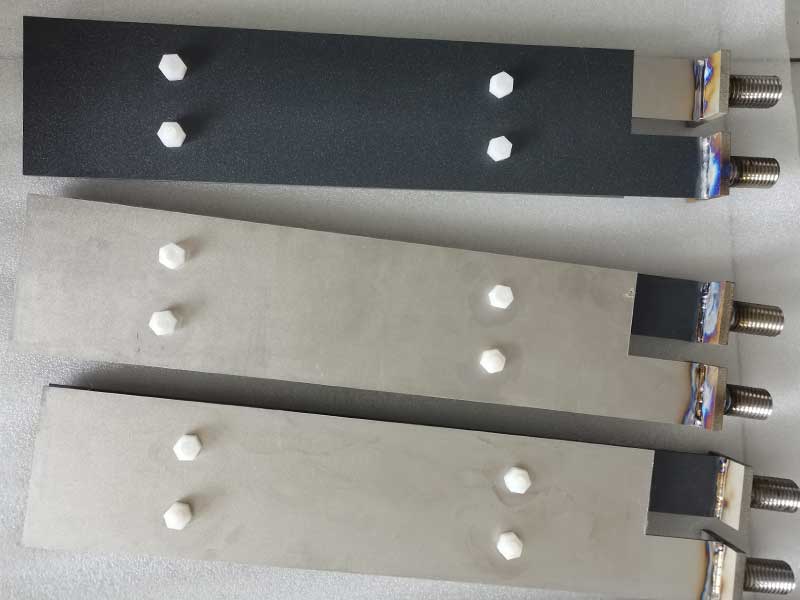General information on Titanium Anode for Electrolytic Organic Synthetic
Base Material: Titanium (Gr1, Gr2)
Coating Material: RuO2+IrO2+Pt+X
According to the role of electrochemistry and electrolysis in the whole reaction process, organic compounds can be divided into:
- Direct organic synthesis: organic synthesis reaction occurs directly on the anode surface.
- Indirect organic synthesis: OXIDATION reaction of organic matter, still using oxidants, carried out by traditional chemical methods, but limited to the oxidation to reduction of organic matter.
At present, there are more than 100 enterprises in the world using electrochemical synthesis to produce nearly 100 kinds of products. This production process is of high quality, low consumption, and has no waste emissions. Conventional anodes used in electrochemical synthesis include graphite, lead-silver alloy, lead dioxide, titanium-coated ruthenium anodes, etc.
However, these anodes can not meet the production needs due to the reasons such as shedding, corrosion, low electrocatalytic activity, and improper oxidation potential, and have been gradually replaced by new titanium anodes.
The principle of organic electrosynthesis
The synthesis of organic compounds is based on electrochemical methods.
Electrolysis reaction must be completed by obtaining electrons from electrodes, so organic electrosynthesis must have the following three basic conditions:
- Continuous and stable (DC) power supply
- Electrodes satisfying “electron transfer”
- A medium that can complete the movement of electrons
Special anode for electrolytic organic synthesis
The most important part of organic synthesis is the electrode, which is the site of electron transfer. The choice of anode material is very difficult because the electrode may dissolve and corrode when polarized at the anode.
Waiting for your nice drawings.
GET A QUOTE
Please describe your requirement in as detail as possible, it is useful for us to offer you a better solution.


